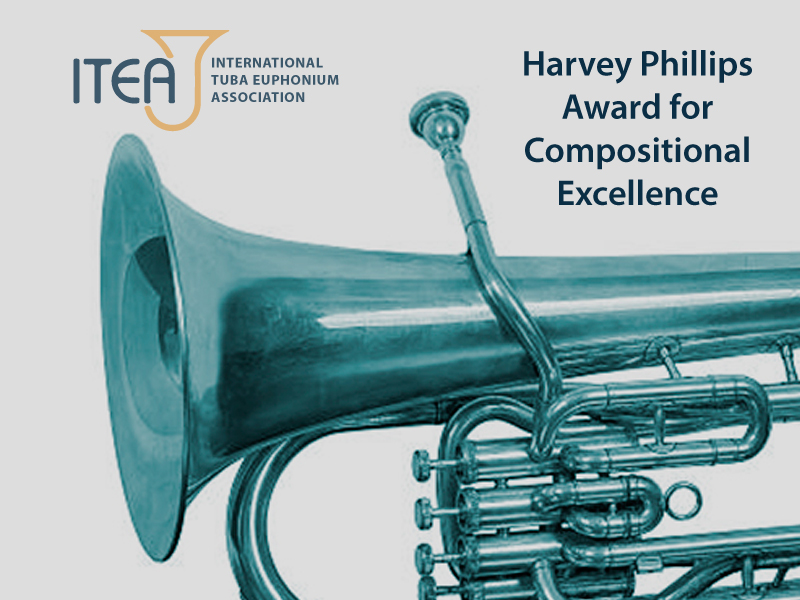Concerto for Euphonium: Swimming the Mountain
Euphonium and Orchestra or Wind Ensemble
Winner of the 2006 International Tuba Euphonium Association’s Harvey Phillips Award for Compositional Excellence
19 minutes
Orchestra: 3232-4331-timp+2 perc-str and solo euphonium
Recording: Adam Frey, euphonium; New Zealand Symphony, Bruce Hangen, conductor
Commissioned by Adam Frey
The concerto was inspired by an ancient Greek poem by Archilochus. The poem, reprinted in translation below, is a response to a total eclipse of the sun. In it the poet reflects that if Zeus can darken the skies, then anything is possible. The poem was an inspiration to other poets who wrote about the theme of possibility and impossibility.
We’ll hope for everything, refuse no thing;
We dare you to astonish us, now Zeus
has hid the daytime brilliance of the sun,
has made night out of noon: a dreadful awe
has come to us. Impossibility
turns possible, and credible, and true.
Don’t wonder now, if any of you sees
the beasts on land adopt the watery ways
of dolphins, and the thundering sea become
more dear to them than drier pastures were.
The dolphins, then, will seek the mountain glen.
— Translation by Robin Orttung
The concerto is loosely programmatic. In the first movement the euphonium is Zeus, surveying and enjoying his realm. Near the end of the movement Zeus plants the seeds of chaos with a rapid melodic figure that is taken up by the woodwinds. The chaos is punctuated by Zeus’ fanfare, played freely over the woodwinds, and culminating in a triumphant and powerful fanfare which represents Zeus commanding the sun to be hidden.
The second movement begins with the eerie darkness and mystery of the eclipse, followed by gentle figures representing the stars appearing in the strange twilight of the eclipse. Majestically the sun reappears, leading to the third movement.
The third movement playfully explores possibility and impossibility, and how the boundaries between possibility and impossibility are sometimes blurred. The virtuoso solo part shows in a playful way that what may seem only possible for piccolo, timpani, and violin is not impossible for euphonium. What is possible and what is impossible for the euphonium? The driving rondo theme alternates with passages where instruments from the orchestra challenge the euphonium to its limits.
The concerto is performed without a break between movements.
The idea for the concerto came from Daniel Feinstein, then age 3, who one day began chanting “swimming in the mountain, swimming in the mountain, swimming in the mountain…” for no discernable reason, other than perhaps to inspire his father. When this phrase was repeated to classics scholars Robin Orttung and Judson Herrman, they pointed out the reference to dolphins swimming in the mountains in the ancient Greek poem, and the theme of possibility/impossibility.



